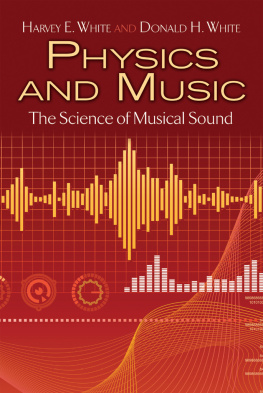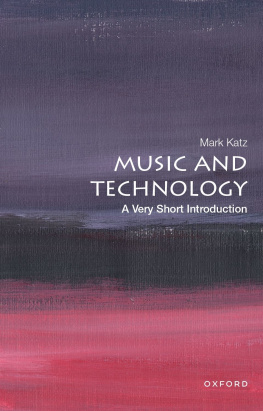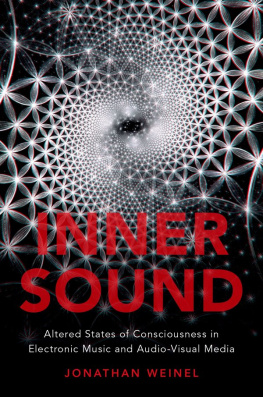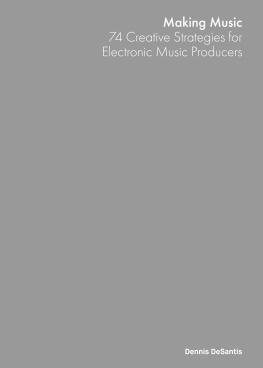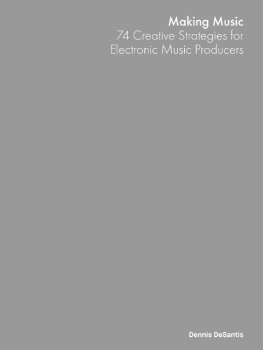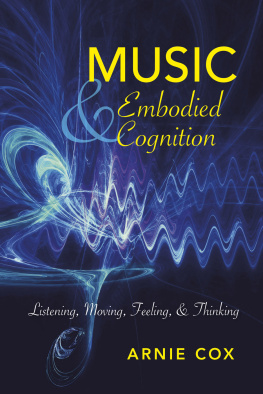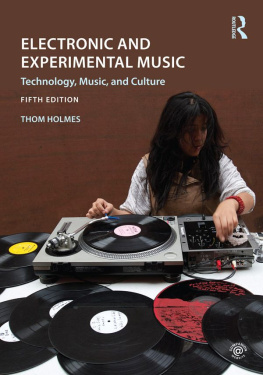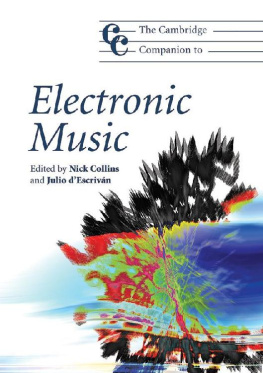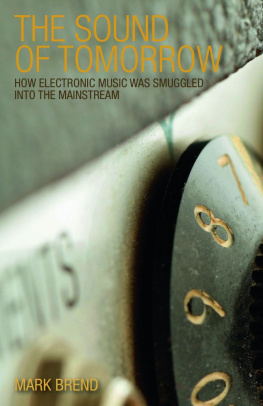
The Cognitive Continuum of Electronic Music
The Cognitive Continuum of Electronic Music
Anl amc

BLOOMSBURY ACADEMIC
Bloomsbury Publishing Inc
1385 Broadway, New York, NY 10018, USA
50 Bedford Square, London, WC1B 3DP, UK
29 Earlsfort Terrace, Dublin 2, Ireland
BLOOMSBURY, BLOOMSBURY ACADEMIC and the Diana logo are trademarks of Bloomsbury Publishing Plc
First published in the United States of America 2022
Copyright Anl amc, 2022
For legal purposes the constitute an extension of this copyright page.
Cover design: Louise Dugdale
Cover image: Anl amc
All rights reserved. No part of this publication may be reproduced or transmitted in any form or by any means, electronic or mechanical, including photocopying, recording, or any information storage or retrieval system, without prior permission in writing from the publishers.
Bloomsbury Publishing Inc does not have any control over, or responsibility for, any third-party websites referred to or in this book. All internet addresses given in this book were correct at the time of going to press. The author and publisher regret any inconvenience caused if addresses have changed or sites have ceased to exist, but can accept no responsibility for any such changes.
A catalog record for this book is available from the Library of Congress.
ISBN: HB: 978-1-5013-5712-1
ePDF: 978-1-5013-5714-5
eBook: 978-1-5013-5713-8
To find out more about our authors and books visit www.bloomsbury.com and sign up for our newsletters .
Contents
Electronic music is a powerful form of artistic expression for a number of reasons. Emerging from a strong collaboration between music and technology, it leverages the creative potential of the electronic medium and allows any audible sound to be contextualized as musical material. This expansion of material opens up structural possibilities as spectrum, dynamics, space, and time become continuous dimensions of articulation on various scales of musical form. The materials and structures introduced into music through the electronic medium fundamentally challenge our notions of musical meaning. What we hear in electronic music can venture beyond what we traditionally characterize as musical sound and match the auditory complexity of the sounds we encounter in our daily environments. This way, electronic music engages with listening abilities that we take for granted in our everyday lives and shows us how intricate they can be. It can test the boundaries of not only our auditory perception but also our imagination. It can make us envision realities separate from the one we inhabit. It can also make us conscious of our physical environment and our embodied presence in it. Such affordances of electronic music amount to unique experiential qualities for composers and listeners alike.
In 1972, the composer Daphne Oram remarked that the electronic medium made it possible for composers to gain direct control over sounds without needing to put their musical ideas into notation and have them interpreted by a performer. This unmediated ability to manipulate a vast vocabulary of sounds opened up new creative opportunities for composers. Yet, many of those opportunities were not immediately obvious or easily accessible. In 1977, the composer Pierre Boulez wrote that musical invention had been restrained by a divide between the conception and the realization of creative ideas; he viewed it incumbent upon artists to bridge this gap by furthering their comprehension of contemporary technology. Over the ensuing decades, composers have indeed firmed their grasp of the electronic medium, which itself has become more amenable to artistic use with the introduction of new audio technologies. However, composers increased access to technology brought about new challenges, this time, of aesthetic nature. In 1997, the composer Denis Smalley observed that one of the major hurdles that composers faced was to maintain an aesthetic path in the wide-open sound world of electronic music. Since then, composers dominion over sound has only expanded as computational systems grew increasingly capable of executing complex audio processes in real time. Today, the electronic medium affords a practically instantaneous dialogue between creative actions and their audible outcomes, allowing composers to imagine through the endless possibilities of sound.
Next page

